- February 13, 2020
Black Mold
Need help with Black Mold?
See all of our Local Certified Mold Inspectors.
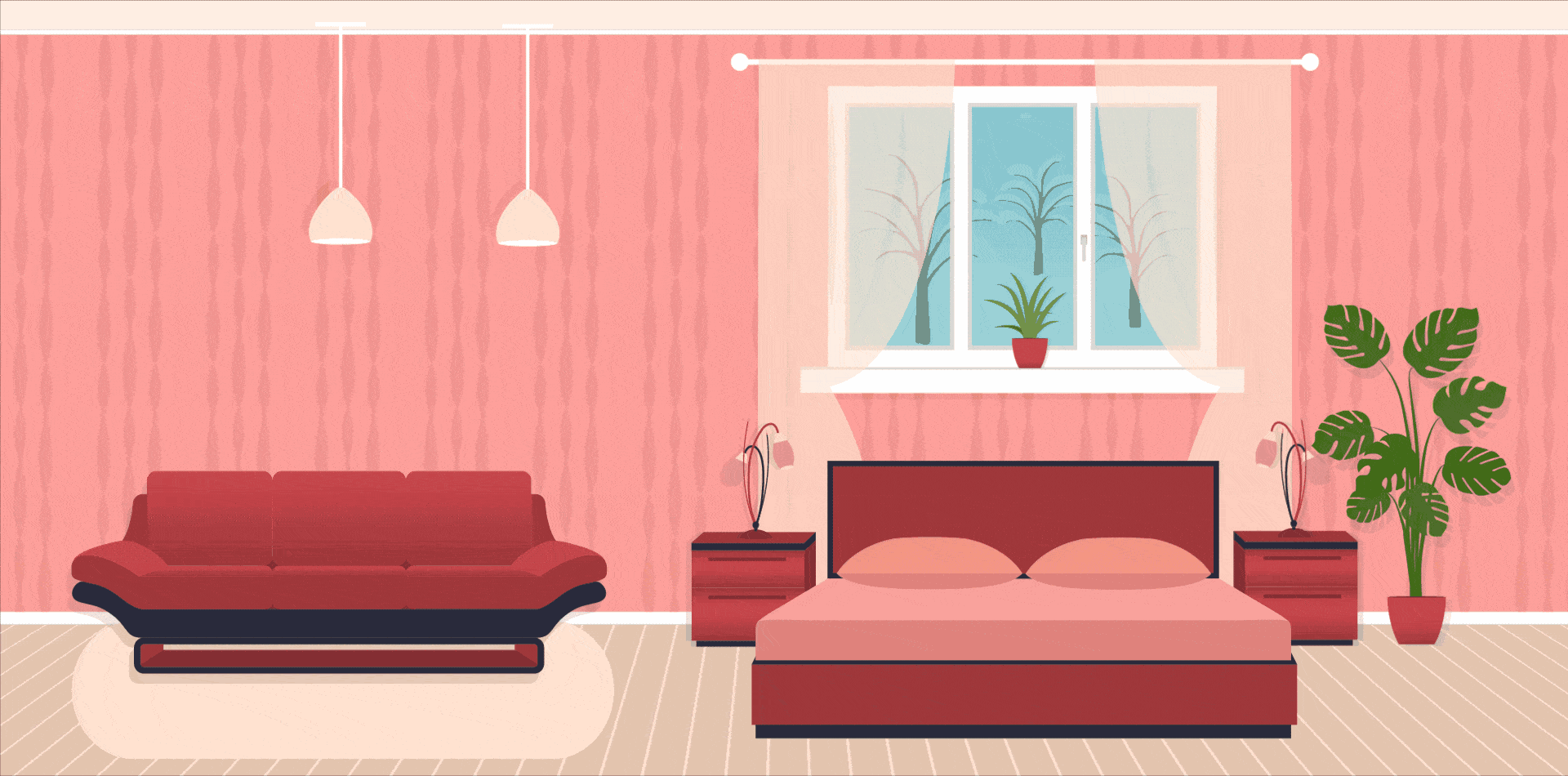
What is Black Mold or Stachybotrys?
Mold growth in general is a type of Fungi that produce long tube‐like structures called hyphae. As these hyphae grow, they develop into visible looking masses called “colonies.” Depending on the type of mold and growth conditions, colonies can have a wide variety of shapes, sizes, textures, and colors. Chances are you have probably heard about “Toxic Black Mold” in the media, from friends, or from a contractor that you have worked with. With the word toxic in the equation, it has developed caused mold growth to have a certain stigma as something to be feared. Stachybotrys Chartarum is the specific species of mold growth that people are referring to when they are knowingly talking about “toxic black mold”. This specific species stands out from the rest as it can release mycotoxins into an indoor environment which can lead to some serious health complications.
Stachybotrys is a species of mold that is usually accompanied by others including but not limited to Pennicillum Aspergillus, Cladosporium, and Chaetonium. This is usually the case as stachybotrys is a slow growing mold and they aforementioned are more common and faster growing. While there is no set governmental standards for mold levels indicate a problem. However, it is universal industry standard that any amount of stachybotrys that is found in air or surface sample tests is cause for a failed test and professional mold remediation should be carried out due to the health risks it carries
Mycotoxins
Whenever mold is present, it releases mold spores into the air. This is a way of reproducing as these spores can travel airborne in search of more nutrients to thrive and grow. When these mold spores do find a source of food, they land and colonize and eventually you see visible growth. The spores themselves are invisible to the naked eye. Certain species including stachybotrys carry mycotoxins on their spores which can be responsible for health complications.Trichothecene is the specific mycotoxin that is carried by stachybotrys mold spores. Exposure has caused consistent death to lab rats and even been known to been used in biological warfare. Obviously these types of problems are at extremely high levels but still shows these mycotoxins are nothing to take lightly.
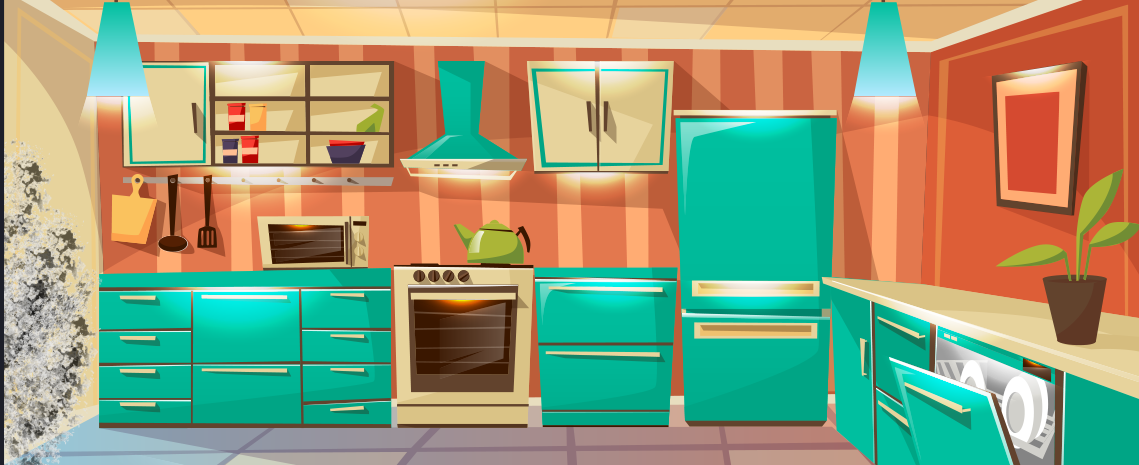
Black Mold Symptoms
As mentioned already, Stachybotrys is usually not alone when there is a mold problem present. Therefore a lot of the symptoms of black mold being present in a home or business are very similar to any other type of mold problem. When an indoor air quality is present you might notice a strange odor or smell, see visible mold, elevated humidity, and/or excess moisture within building materials. People can experience allergy like symptoms like dry/itchy eyes, throat, headaches, trouble breathing, increase mucus. or other respiratory issues. Stachybotrys has also been associated with other rare complications like convulsions and hemorrhaging due to its ability to release mycotoxins in the air. It is also possible to have little to no symptoms of indoor air quality issues and still have black mold present. This is because stachybotrys is not easily airborne unless disturbed which is why it is so important to have an inspection done if you suspect it at all.
Here are some symptoms of being exposed to this mycotoxin:
 Dry Eyes
Dry Eyes Sore Throat
Sore Throat Fatigue
Fatigue Trouble Breathing
Trouble Breathing General Discomfort
General Discomfort Vomiting
Vomiting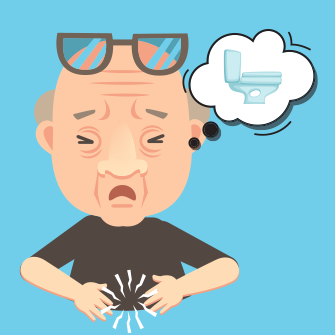 Diarrhea
Diarrhea Stomach pain
Stomach pain Cognitive Impairment
Cognitive Impairment Rash
RashWhat Does Black Mold Look Like
Everyone has seen and know what mold looks like, but can you visually determine if mold is in fact stachybotrys chartarum with the naked eye alone? The answer to this question is quite simply yes and no. For a mold expert, it is fairly easy to identify a mold as stachybotrys as it has a very distinguishable appearance when in a mature state. Since it is a slow growing mold, it has the tendency to be very thick in context and you guessed it… black. At the same time, if you are addressing a situation in a prompt manner it might not look much different than other species of mold that are also black in nature. Here are some pictures of what black mold can look like. Be aware that most of these pictures are serious problems and other than the enlarged photos of stachybotrys under a microscope, there are usually other species of mold present as well.
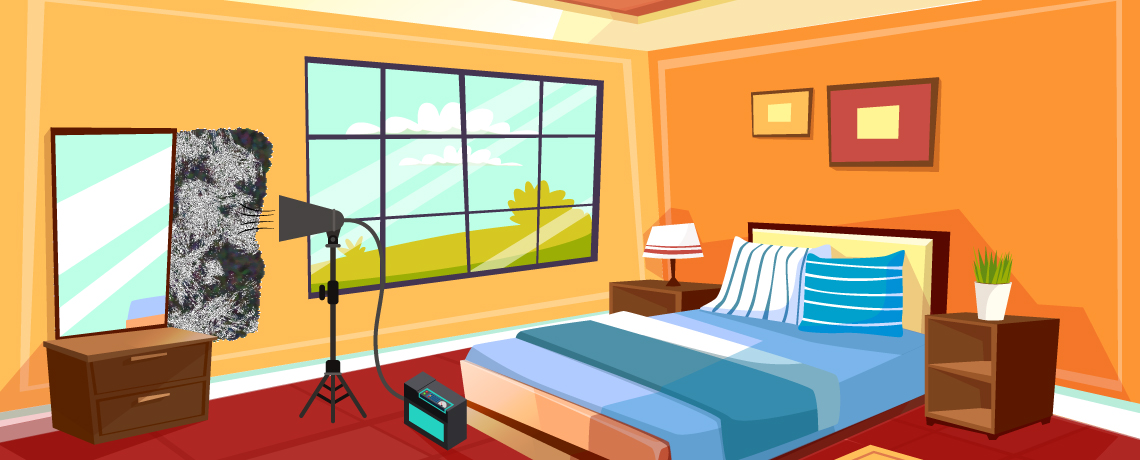
Inspection & Testing for Black Mold
Everyone has seen and know what mold looks like, but can you visually determine if mold is in fact stachybotrys chartarum with the naked eye alone? The answer to this question is quite simply yes and no. For a mold expert, it is fairly easy to identify a mold as stachybotrys as it has a very distinguishable appearance when in a mature state. Since it is a slow growing mold, it has the tendency to be very thick in context and you guessed it… black. At the same time, if you are addressing a situation in a prompt manner it might not look much different than other species of mold that are also black in nature. Here are some pictures of what black mold can look like. Be aware that most of these pictures are serious problems and other than the enlarged photos of stachybotrys under a microscope, there are usually other species of mold present as well.
Black Mold Test Kit
There are many companies out there that offer a “mold test kit”. You might think that these must be good as they appear so often and throughout major stores like Home Depot, Loews, and Ace Hardware. Unfortunately that is simply not the case and these kits are not only inaccurate, but just about worthless. There is a natural level of mold in every home or business because non toxic varieties occur naturally outdoors and spores find their way inside as well. The petri dishes sold in stores will only tell you if mold is present or not and will give you any indication about how much of that species is present. This is problematic as many species of mold is acceptable at certain levels and not others. As we mentioned earlier on this webpage, not all stachybotrys is easily airborne so petri dishes will not pick up on its presence unless it is. Most people purchase this as inexpensive alternative only to realize they need to pay extra to have the lab analyze it. On top of that there is zero customer support to help you figure out what everything means. Simply put, most people waste money trying to save it and those with real problems end up needing a real mold inspector anyways.
How Long Until Black Mold Grows
There is no exact amount of time for how long it will take for black mold to start growing. Every situation is extremely unique in the fact that there will never be all the same variables. However, most species of mold take about 24-48 to start to colonize under the right circumstances. Stachybotrys on the other hand is a slower growing mold and will typically start to appear in about a week or so. This is why we say that whenever black mold is around, it is usually accompanied by various other species like Pennicillum Aspergillus and Cladosporeum. Hopefully this helps see why it is so important to address a mold problem as soon as you suspect one might be present. The sooner that you act and detect an indoor air quality issue, the easier it will be to deal with and less problems it will cause.
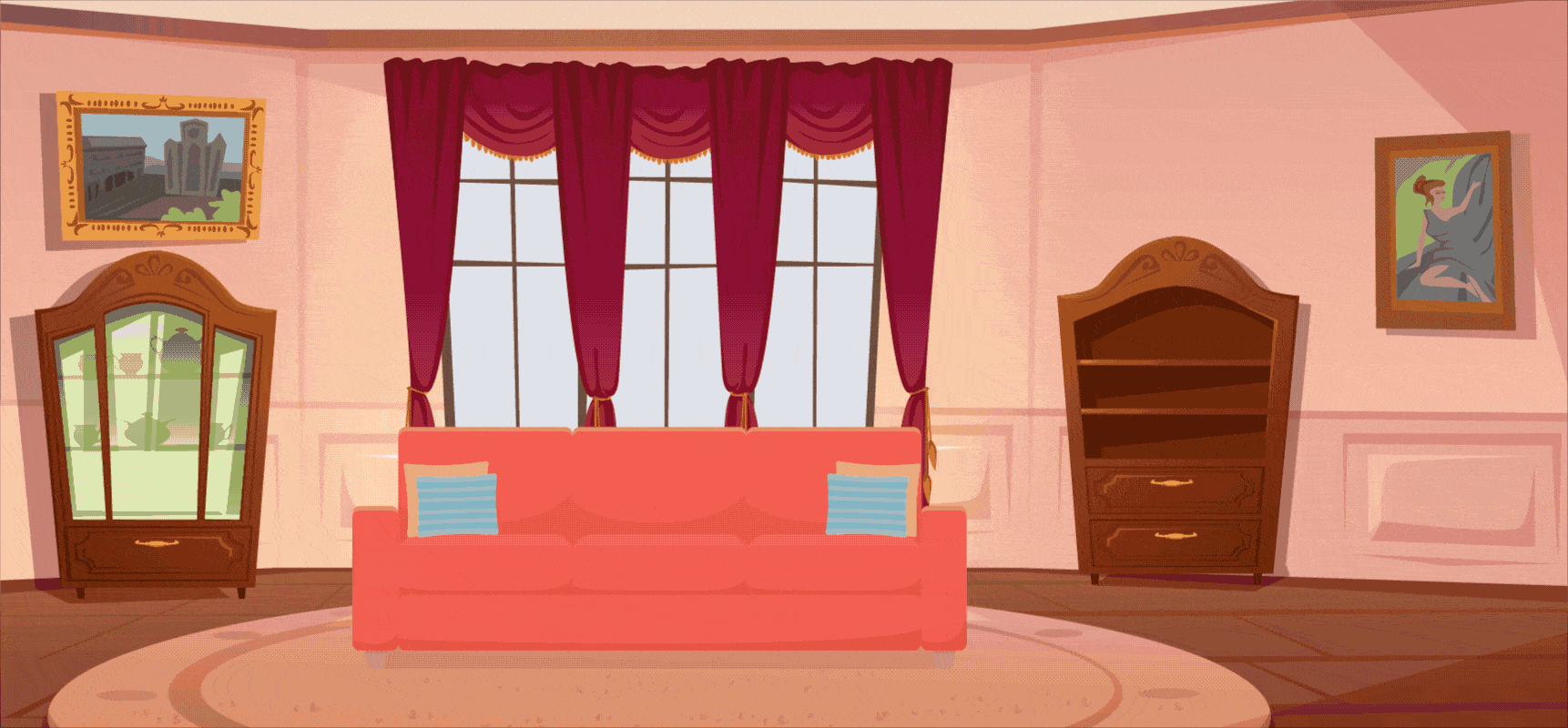
What Causes Black Mold to Grow
Certain variables are necessary for mold to start and continue growing. As mentioned above, stachybotrys does take a bit longer to begin to grow, but in terms of causes everything is the same as other species. Here is a list of the requirements for Black mold to start growing:
- Water/Moisture/Oils
- Organic Nutrients
- Darkness
- Warm Temperatures/Elevated Humidity
- Time
With all of the above being true, here are some examples of common problem areas to look for these types of issues:
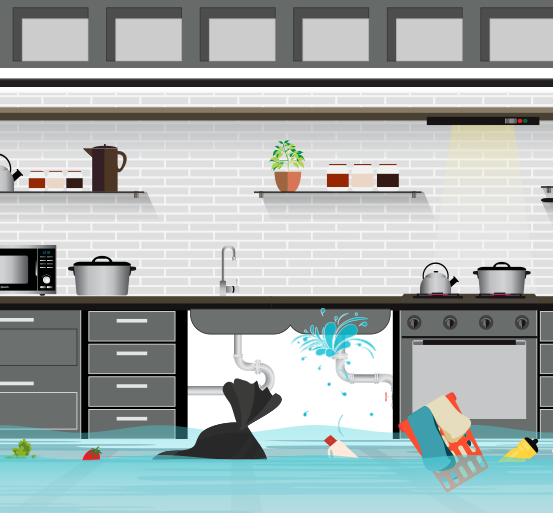
Flooding
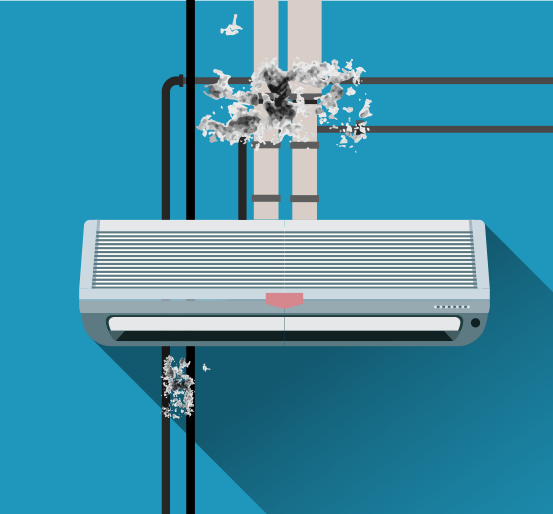
Condensation
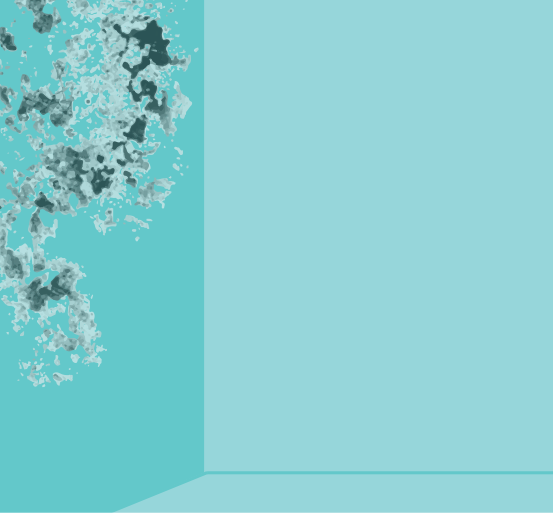
Humidity
Ventilation Problems
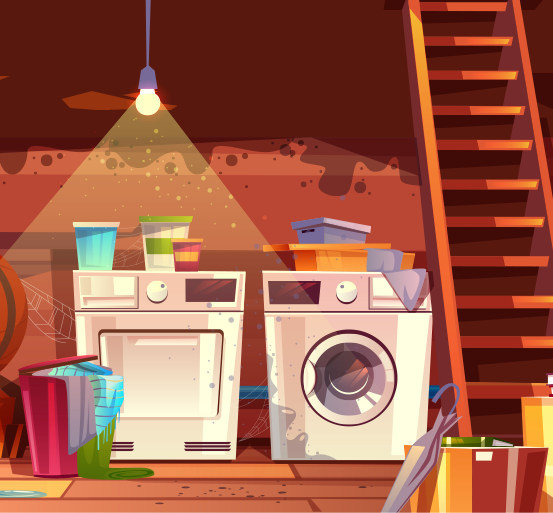
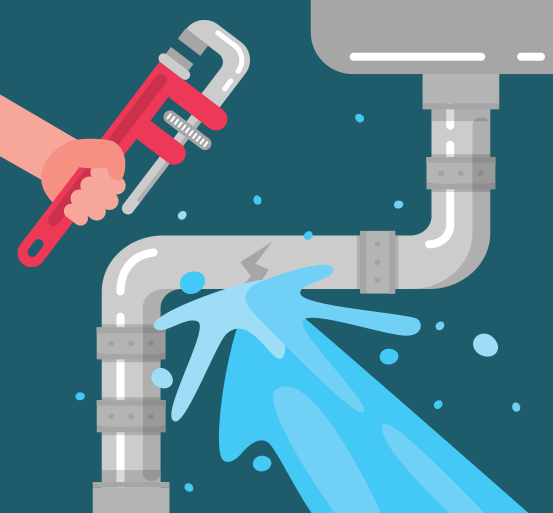
Plumbing Issues
Roof and Window Leaks
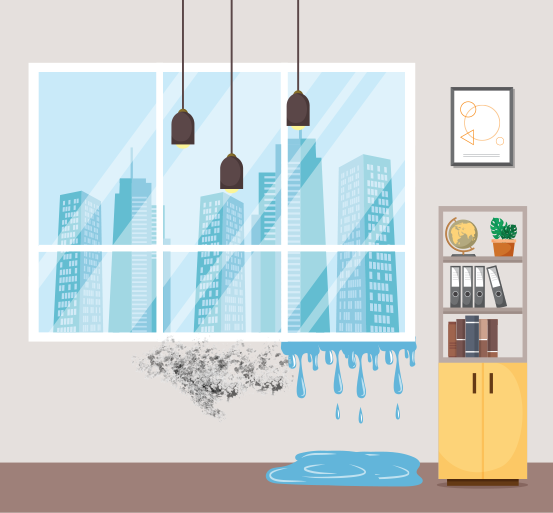
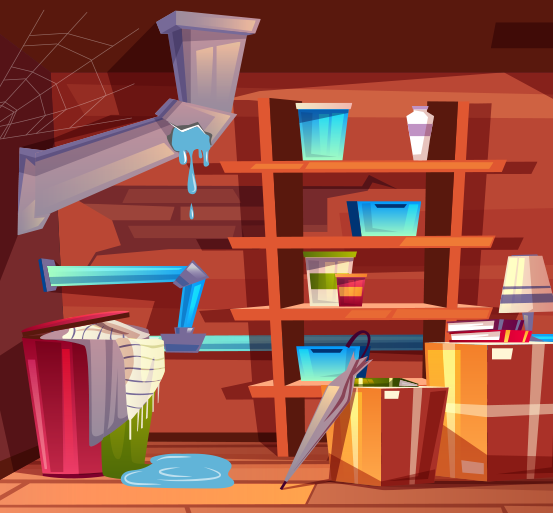
Basement and Foundation Problems
Black Mold Removal and Treatment
Since stachybotrys is only able to grow on porous surfaces like wood and drywall there is no way to simply wipe away this species of mold. Any time toxic black mold is present the building materials that have been contaminated must be discarded or at the very least treated by a professional. Drywall is one of mold’s favorite foods and it can never be restored.
Think of fungus like a tree that are deep rooted into the ground, only the tree is mold and the ground is drywall. You might be able to clean the surface/visible problem but you’ve only scratched the surface and it will come right back. That is why sheetrock must be cut away and trashed whenever these types of problems are present. Restoration companies use containment areas which are basically plastic barriers to prevent the spread of spores during the work. At the same time they are likely running air scrubbers and using negative pressure to force everything to the outside environment. Cleaning of framing includes but is not limited to using antimicrobial solutions, scrubbing, hepa vacuums, and anti-microbial sealants. Whenever you are trying to remove stachybotrys from an indoor environment, it is important to get a clearance test to make sure the job has been completed correctly.
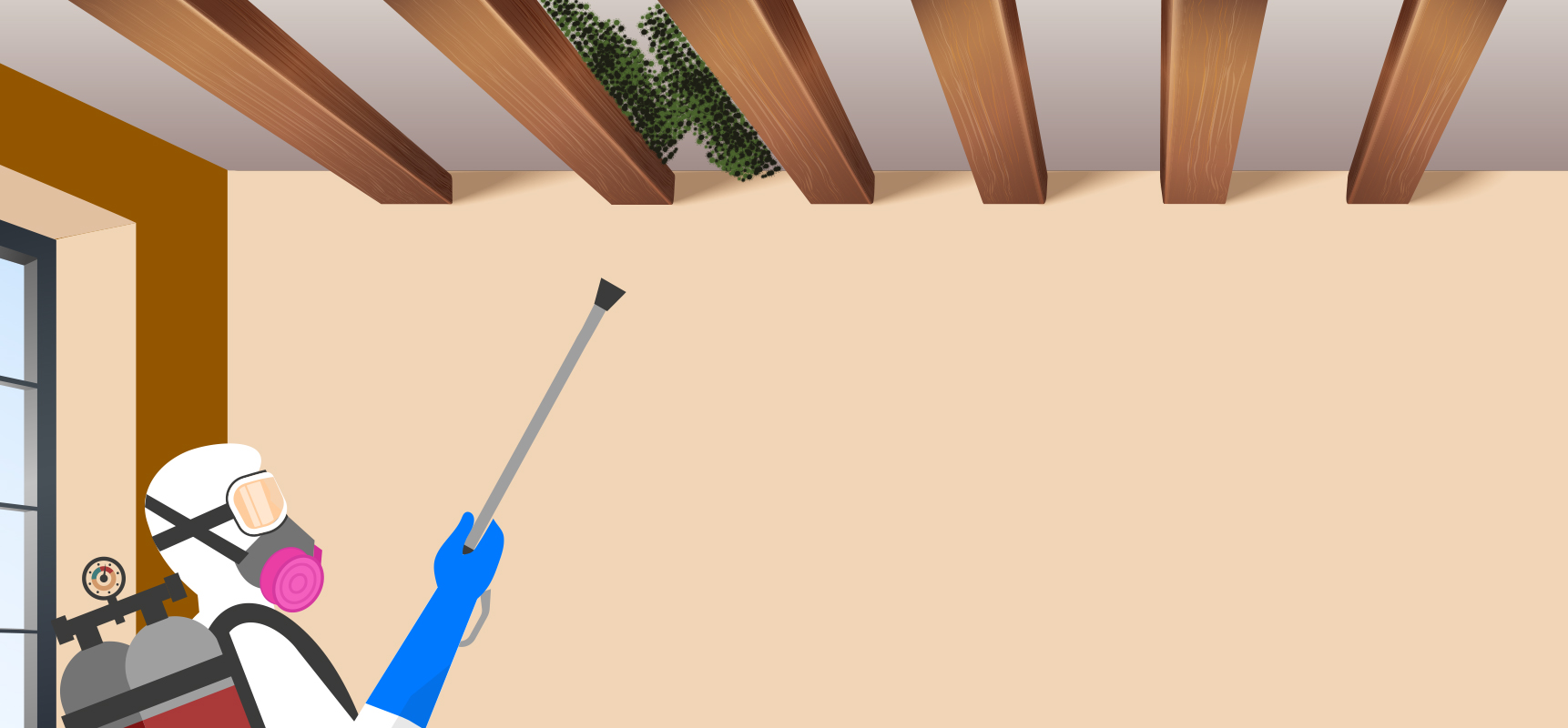
How Common is Stachybotrys Chartarum?
Unless you have experienced some sort of problem with you indoor environment like water intrusion, leaks, elevated humidity, etc then you are most likely same from toxic black mold. Unlike what a lot of people think, stachybotrys is not a common occurrence. We get quite a few people that see “black” growth on tile, ac vents, porcelain, and metal. They assume this is stachybotrys but that is simply not possible as it needs a porous surface to grow on. On the other hand if you have had a recent water damage, leak, or moisture problem it is not uncommon to find this species if the problem is not taken care of immediately.
Should I be concerned about a serious health risk to me and my family?
Evidence continues to grow (no pun intended) about the health risks that not only stachybotrys but any kind of elevated mold levels pose to those living alongside it for an extended period of time. The jury is still out on just how much damage it can cause, but we have seen first hand how people suffer from living in these conditions; even at a slightly elevated level. Reactions to elevated mold conditions are very individualized as well. Some people are hyper sensitive to these types of problems. It is not uncommon for us to see 2 people at the same place with 1 experiencing symptoms and the other person thinking everything is fine. Young children, elderly, and those with pre-existing conditions are usually the highest risk for developing complications from mold.
If a Mold Inspector Finds Black mold, should I vacate the premises?
A mold inspector should provide you with a mold removal protocol along with the labs test results. This should indicate whether or not vacating the premises is warranted. Typically these problems are in an isolated area of home that is actually occupied. If that is the case, containment areas can be used during remediation to prevent the spread of mold spores throughout the home or business.
Stachybotrys chartarum and acute idiopathic pulmonary hemorrhage among infants?
Although there is not concrete evidence, stachybotrys has been linked to idiopathic hemorrhaging in infants. If you have a young child, I’m sure we do not have to tell you that it is best to keep them away from any possible dangers to their health and black mold is no different.
Can I provide MI&T with a sample of mold from within my home to have it tested?
We can have a surface sample that you collect analyzed but highly recommend getting a full inspection if you in fact think a problem is present. A surface sample will be able to tell you what species of mold you are looking at but will not give any indication about your indoor air quality which should be the number one concern. This is why we always start with two air samples, 1 inside and 1 outside to determine if elevated conditions do in fact exist. Know what species of mold is present and also how much of it gives a much clearer picture about what is happening with your indoor environment and allow us to make the best recommendations possible for mold removal if necessary.
How do I Schedule a Mold Inspection?
Visit all of our Mold Inspector Locations to make sure we service your area and call the local number listed, or call our toll free number for immediate assistance855-600-6653.

